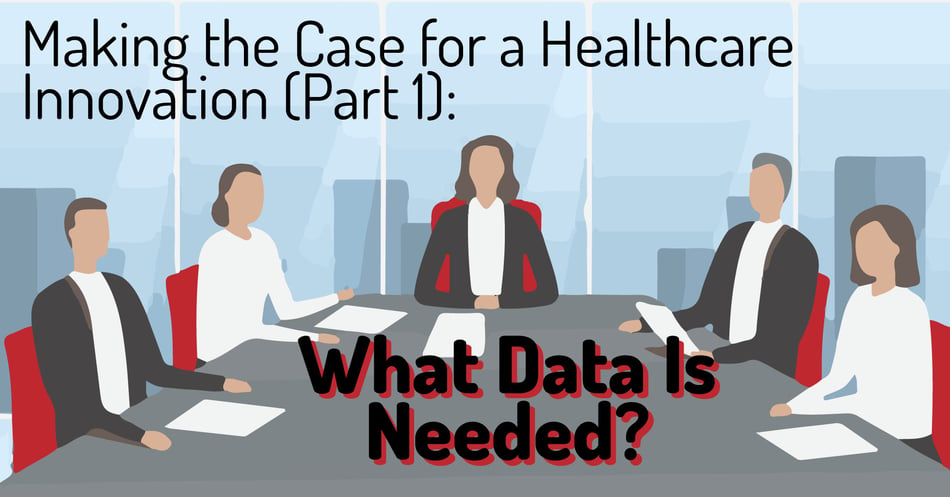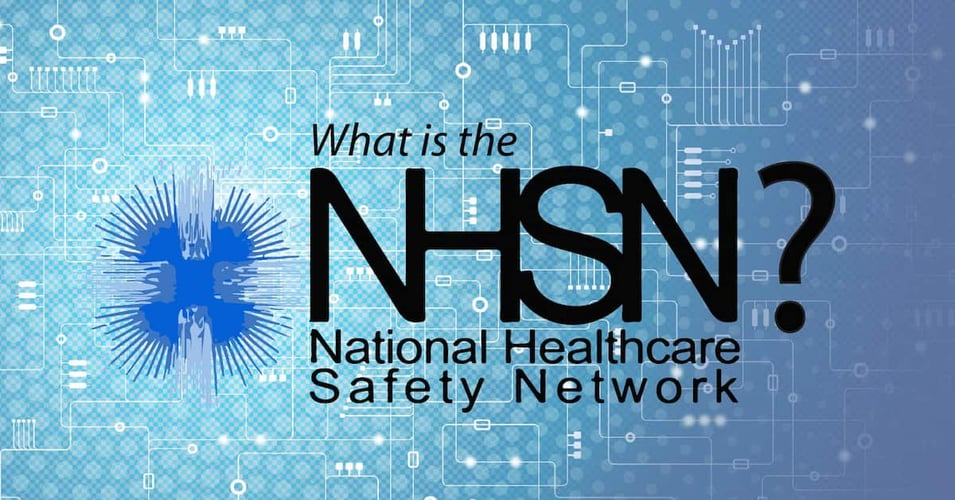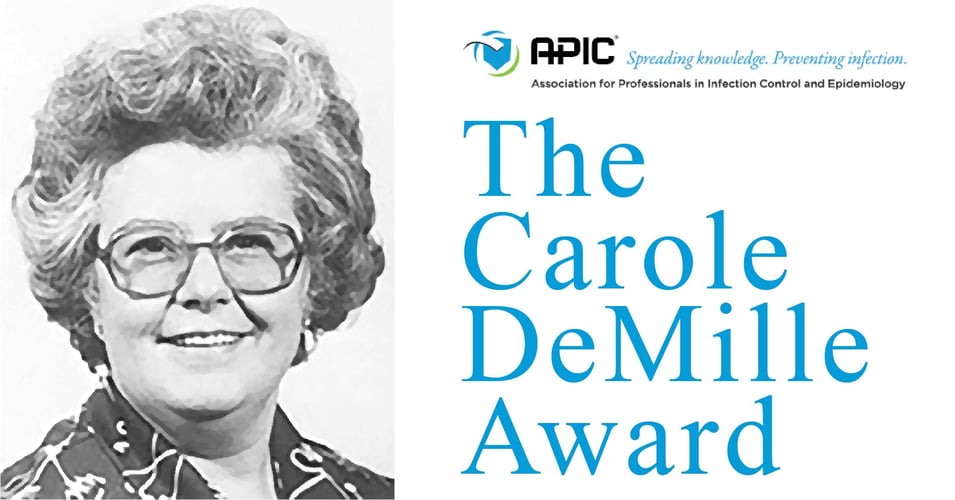Making the Case for a Healthcare Innovation (Part 1): What Data Is Needed?

The first step in making a case for a healthcare innovation is collecting the data that supports it. This data includes evidence the the innovation works, that it is needed at your facility, that it would work at your facility, and that it has definite potential to improve patient outcomes and/or financial outcomes. In today's post, we will look at credible sources for that data, and how to make sure you are getting data free from conflict of interest.
DATA ABOUT NEED AT YOUR FACILITY
You may hear about an amazing healthcare innovation and want to bring it to your facility. But just like a shopper thinking to themself "Do I really need this?" as they look over an item, the first step is to focus your attention to your facility and confirm that the problem solved by the innovation is one faced by your hospital. You will want to collect data from your facility that would answer that question. In the case of an infection control product to reduce hospital-associated infections (HAIs) you will want to collect data about HAI rates, where infections tend to start, what patients are most vulnerable, and if you can get it, the financial impact of those infections. You will need to involve your colleagues in this data search to get the best results, talking with those colleagues about how you can try to pinpoint the source of the infection rates. For example, you may learn that there is significant turnover in environmental services personnel, or that your facility has trouble maintaining high hand hygiene compliance. You will then be able to answer with confidence that yes, you need this product, or that no, maybe you need to find a different solution. If you determine that you do need a solution to an HAI issue, then you need to evaluate the product you have in mind.
EFFICACY DATA
The gold standard of efficacy data is publication in a peer-reviewed, well-established journal. While some online/independent journals have begun to enter the academic sphere, the journals with the highest quality vetting and editing process remain those affiliated with professional organizations or academic institutions. Emory University has an excellent way to evaluate academic journals here. If you don't recognize the name of the journal where you have found some data for the product, you'll need to take some extra steps to confirm it is unbiased and reliable. Keep in mind that individuals who want to publish their data want to publish in the top journals of their field - that's where they will get the most readers, leading to greater citations of their work, and (let's be honest) the most recognition. If they have chosen a journal that is not indexed in major libraries, with a small readership, and dubious vetting/editing procedures, that means that their research is most likely not up to snuff. Similarly, be sure you are not just reading the white papers released by the product manufacturer or published by individuals who have been paid by the manufacturer (including payment by receiving free products). Remember, white papers are essentially "salespeople on paper," and the goal is to present you with only the most attractive data points.
EFFICACY DATA + FACILITY DATA
Next, you bring it all together by looking at the efficacy data and your facility data and using as many data points as possible to see if the product meets the needs and context of your facility. If you are considering an infection prevention program that requires extensive staff time or a different IT infrastructure, you may decide that this product, while excellent, will not be feasible at your facility. You will want to identify the must-haves for the product to work as expected and decide whether it is reasonable for your facility. In some cases, the problem may be so significant that making some structural or staffing changes will be worthwhile. To demonstrate the need for those kinds of systemic changes, you will want to have strong data to support short- and long-term outcomes, both in terms of patient health and financial health.
RETURN ON INVESTMENT DATA
You've vetted the product, assessed the likelihood that it would work at your facility, and now have to collect the data that demonstrates that its adoption will lead to positive patient outcomes that won't negatively impact the financial health of the facility. The way to express this kind of business case is through return on investment, which means, you will need to collect financial data. In the case of HAIs, you will have already collected data on incidence rates. Now you need to supplement that data with information about how HAIs impact length of stay and readmissions, two data points that influence the facility finances in terms of Medicare reimbursements, reputation, and federal penalties. You will need to try to get data on how much your facility is spending on treating HAIs, and if that data is not available, collect academic research that provides reasonable estimates that you can use instead. (AHRQ has an excellent meta-analysis with HAI cost estimates.) When using outside data, be sure to use the most conservative estimate, or the lowest number in a range, as this will demonstrate good faith to your audience while also showing a minimum ROI, a baseline from where your facility can only do better, but not worse, than what was estimated. Ultimately, you will want to have a document that estimates the number of lives the innovation could save (QALYs or DALYs), and the amount of money saved or not spent, if cost-neutral.If you collect this kind of quality data before making a case for a healthcare innovation, you will gain the confidence that your idea can be supported by rational, concrete numbers that have been vetted by numerous experts in the field. This confidence will not only make it easier to approach the "powers that be" at your facility, it will also motivate you to be creative and persistent in your quest to bring the innovation to your facility.
![EOScu Logo - Dark - Outlined [07182023]-01](https://blog.eoscu.com/hubfs/Eoscu_June2024/Images/EOScu%20Logo%20-%20Dark%20-%20Outlined%20%5B07182023%5D-01.svg)





